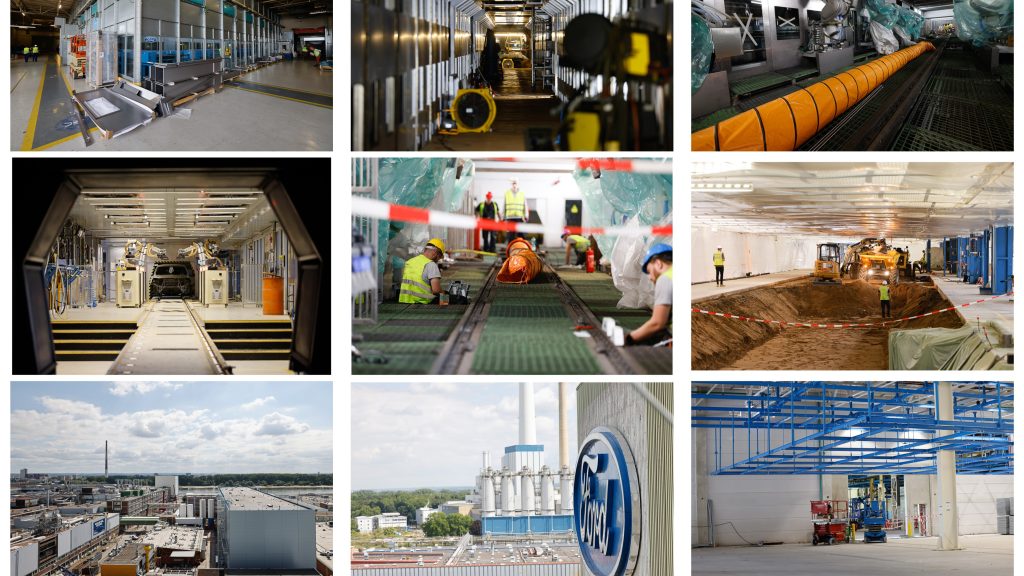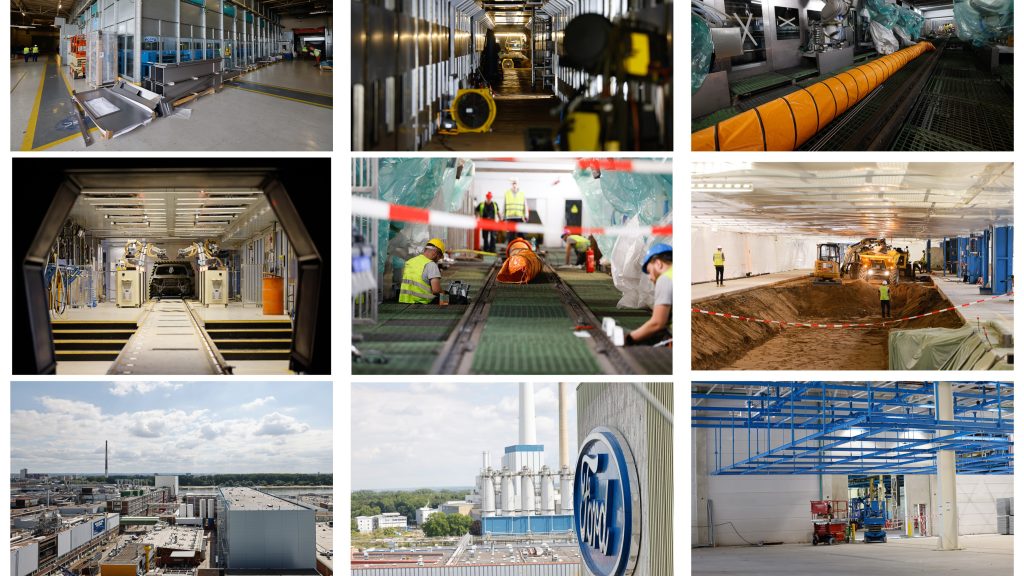 Ford is to scale up production of electric vehicles to 600,000 a year by late 2023.
Ford is to scale up production of electric vehicles to 600,000 a year by late 2023.
Ford said a multichannel approach with a strong dealer presence gave provided the best experience for EV owners of the future.
“This is our opportunity to win a whole new group of customers, building their loyalty and advocacy as we grow our market share,” said Marin Gjaja, Ford Model e chief customer officer.
“We’re developing the digital and physical services and experiences those new customers expect when they purchase a product that to them is a new technology purchase.
Our aim is to combine the convenience of digital shopping with Ford’s expertise, scale and the physical presence of our dealers to create the best possible experience for tomorrow’s EV owners.”
“Ford’s new electric vehicle line-up has generated huge enthusiasm and demand, and now we are putting the industrial system in place to scale quickly,” said Jim Farley, Ford president and CEO and president of Ford Model e.
“Our Model e team has moved with speed, focus and creativity to secure the battery capacity and raw materials we need to deliver breakthrough EVs for millions of customers.”
Ford plans to invest over $50 billion in EVs through 2026. Ford in Europe on track to go all-electric by 2035
In Europe, the Ford Cologne Niehl Plant is currently undergoing major construction updates to prepare for the production of electric vehicles, starting in 2023.
The first electric passenger vehicle is expected to roll-off the Cologne production line in 2023, with a second EV model to be built starting in mid-2024. Annual volume at the new plant is expected to reach 200,000 vehicles per year.
Ford has added battery chemistries and secured contracts delivering 60 gigawatt hours (GWh) of annual battery capacity to deliver global 600,000 EV run rate by late 2023
Lithium iron phosphate battery packs coming for Mustang Mach-Es sold in North America next year and F-150 Lightnings in early 2024, creating more capacity for high-demand products
Ford already has sourced 70% of battery capacity to support 2 million+ annual EV global run rate by 2026
